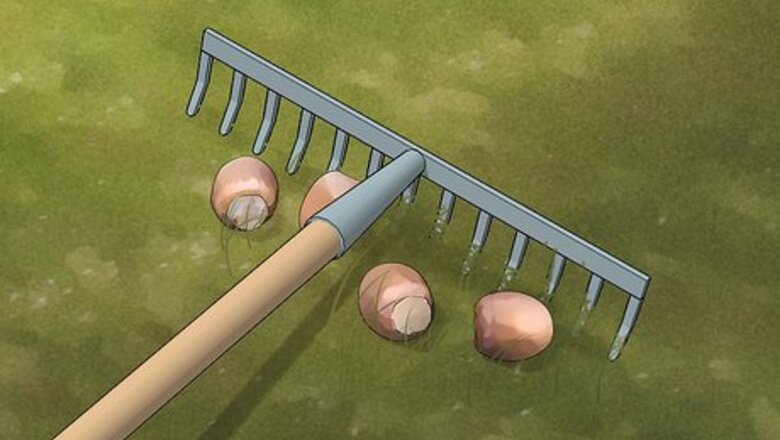
views
Keeping Chipmunks out of Your Yard and Garden
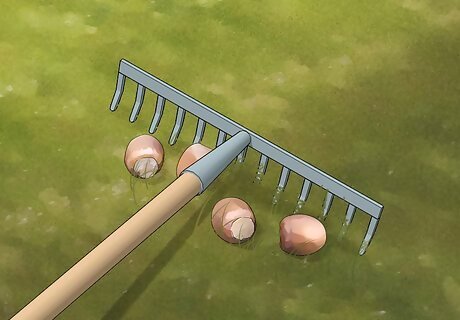
Sweep up any berries or nuts that fall to the ground. Chipmunks will munch on any fallen berries or nuts that they find in your yard. If they become accustomed to a constant food source, they will keep visiting. Sweep up any nuts or fruit as soon as you see it so that it doesn’t attract new chipmunks. If you have a birdfeeder, sweep up any seeds that fall to the ground.
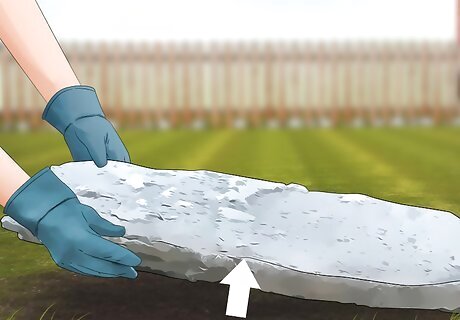
Remove any rocks, vines, or piles of debris where the chipmunks may hide. Chipmunks will look for areas where they can easily hide from predators and people. If you don’t have any trees in your yard, they will hide under rock piles, shrubs, and piles of wood or sticks. Sometimes, chipmunks will even create tunnels under the piles of debris which makes them harder to locate.
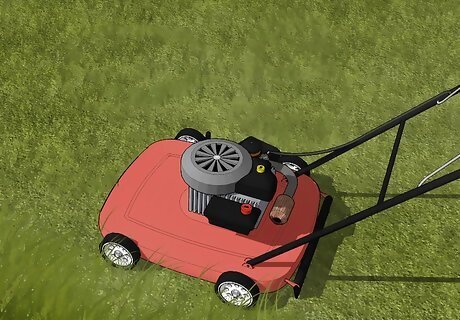
Cut overgrown shrubs and grass to eliminate potential chipmunk hiding spots. Avoid planting a row or group of shrubs in a continuous area in your yard because chipmunks will target these locations to make a home. Chipmunks may also hide in high patches of grass if it goes uncut. Keeping the shrubs and grass short around your house will limit the amount of space that the chipmunks have to hide.
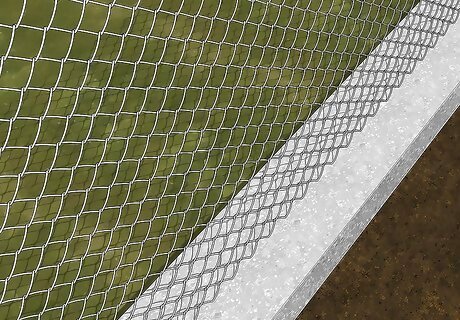
Install a wire-mesh fence around the plants in your garden. If the chipmunks are damaging or eating garden plants or vegetation, you can prevent it by installing a wire mesh fence around the plants you want to protect. Make sure to bury the bottom of the fence at least 8 in (20 cm) into the ground so that the chipmunks can not burrow under it. You can purchase wire mesh fence at hardware stores or online.
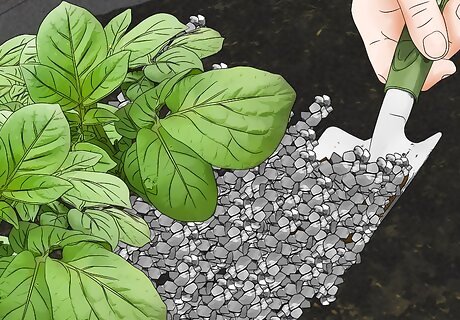
Surround the area with a plant-free gravel border. Plant-free gravel will prevent the chipmunks from hiding in plants or shrubs on the perimeter of your home. It will also stop them from burrowing holes in the dirt under your home. Purchase gravel from a hardware store or online. Then, pour the gravel around the plants or garden that you want to preserve.
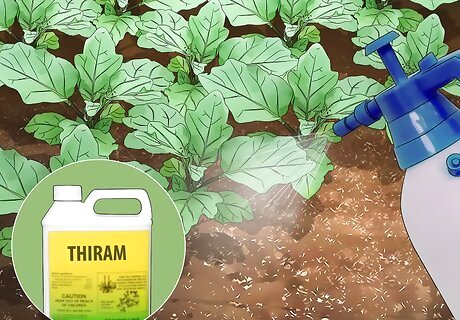
Spray a taste repellent on your plants if the chipmunks keep coming back. Repellents like bitrex, thiram, and ammonium soaps will make the plants in your garden or yard taste bad and prevent chipmunks from eating them. You can purchase these repellents online or at some gardening stores. Fill a spray bottle with the repellent according to the instructions and spray the solution generously onto any plants the chipmunks have been targeting. It may take repeated applications of the spray for it to start working. No taste repellent has a 100% chance of repelling chipmunks.
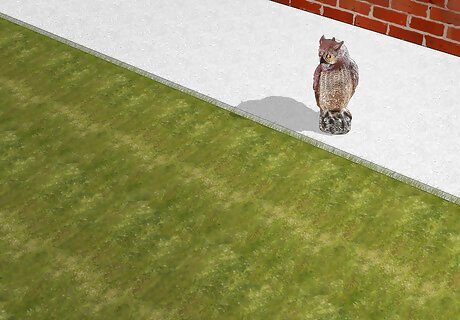
Use an owl decoy to prevent chipmunks from entering your yard. An owl decoy may completely deter chipmunks from coming into your yard. You can purchase an owl decoy at a home and gardening store or online. Place the owl in an area where you regularly see chipmunks and observe the area to see whether they continue to enter your yard. Some garden owls will even light up or move their wings.
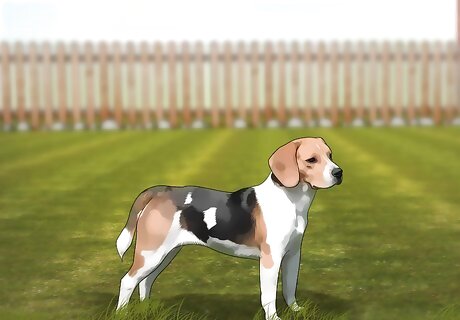
Get a cat or a dog to scare away the chipmunks instead of using a decoy. Keep in mind that cats and smaller dogs may hunt down and kill the chipmunks. You should discourage this whenever possible because chipmunks could carry disease that could make your pet sick. You can leash your dog to prevent it from chasing down and killing the chipmunks.
Stopping Chipmunks from Entering Your Home
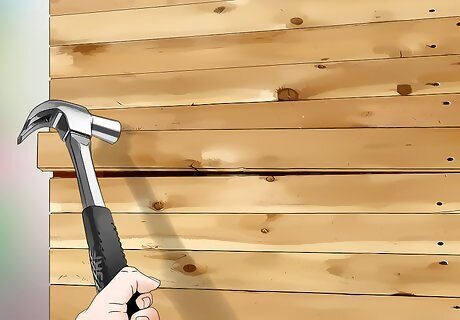
Seal up any cracks or openings to your home. Chipmunks can squeeze in between cracks and crevices in your home. Use caulk or construction foam to close up any cracks on the outside of your house. Use rubber or plastic stripping to close any openings around doors or windows. If you have an open vent or hole that leads to the outside of the house, cover the area with wire mesh. If you remove all the cracks and holes in your house, the chipmunk will be unable to get in.
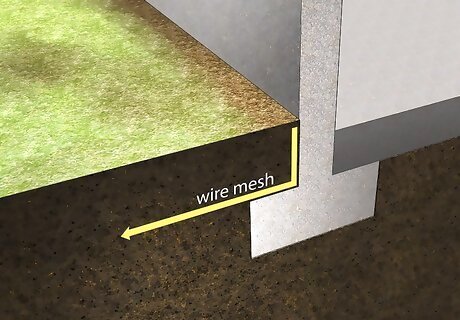
Install an L-shaped footer to prevent chipmunks from burrowing. Installing wire mesh in an L shape under the ground against house foundations, decks, and other structures can prevent chipmunks from burrowing under your structures. Purchase 1 by 1 inches (2.5 cm × 2.5 cm) wire mesh from a hardware store or online and install it around the structure you want to protect in an L shape. Bury the mesh at least 1 foot (30 cm) into the ground and bend the bottom in a 90-degree angle. This will stop the chipmunks in their tracks.
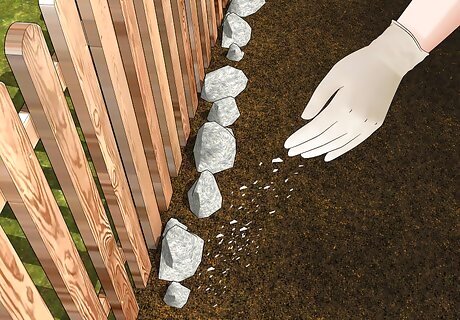
Sprinkle moth flakes in areas where the chipmunks are seen. Naphthalene flakes, or moth flakes, serve as a natural deterrent to chipmunks. If you notice that chipmunks have already made a home in your attic or another room in your house, sprinkle 4–5 pounds (1.8–2.3 kg) of flakes for every 2,000 square feet (190 m) of space. Keep in mind that moth flakes give off a strong odor and could irritate humans and pets.
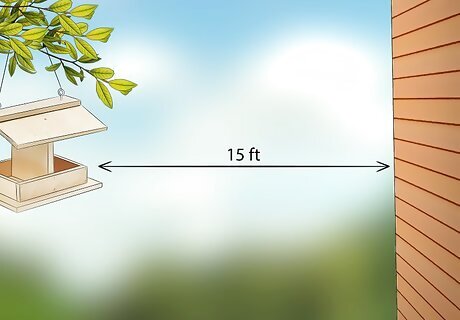
Place bird feeders at least 15 feet (4.6 m) away from your house. Bird feeders that are hanging off or close to your house may attract chipmunks to enter your house. Hang feeders far away from your house and hanging branches. Clean any seed that falls to the ground.
Removing a Chipmunk from Your Home
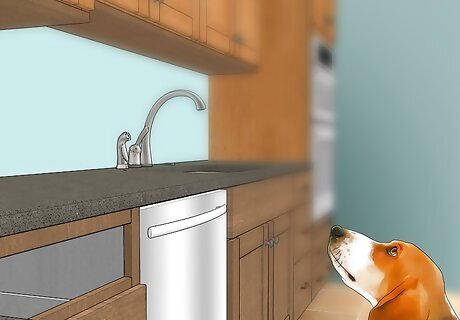
Move your pets into a room and close the door. The chipmunk may be reluctant to leave the room it’s stuck in if pets are guarding the room. To prevent this, put your dog or cat in a separate room and close the door. Then, the chipmunk will be more likely to leave the room that it’s in. If you don't separate small cats or dogs from the area, they may try to attack the chipmunk when it tries to escape.
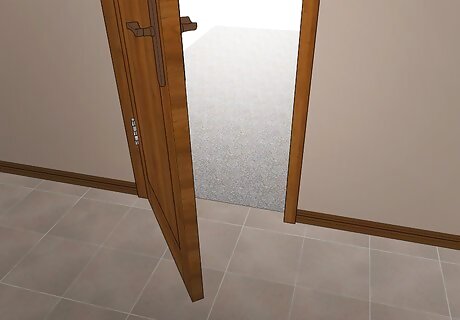
Close all openings in your home except for a single door to the outside. Open the door in the room that the chipmunk is hiding in and to give it an exit. Then, open a door leading directly outside. Close the rest of the windows and doors in your home so that it has a direct way to escape and so that bugs don't enter your house. You can wait outside and keep an eye on the door so that you know when the chipmunk leaves.
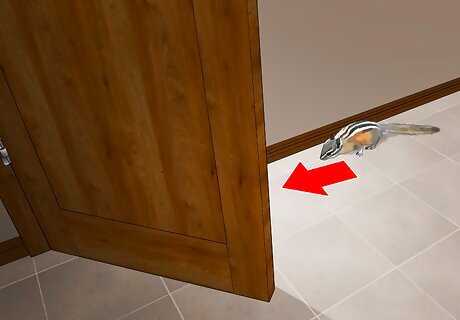
Wait until the chipmunk leaves the house. Chipmunks don’t like to be out in the open in your home, so they will naturally want to leave. Eventually, the chipmunk will instinctually exit the house and go out into your yard. You may have to wait several hours until the chipmunk leaves on its own.
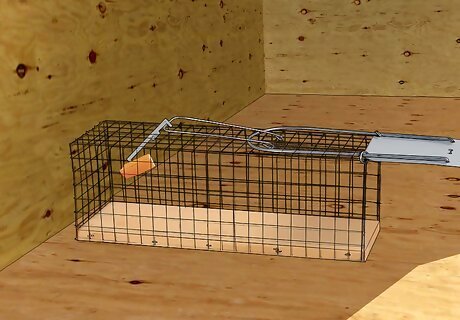
Lay a no-kill trap if the chipmunk doesn’t leave by itself. If you can't get the chipmunk out, or the chipmunk has burrowed in a space in your attic, you can lay down no-kill traps to catch them. Lay the trap where the chipmunk regularly walks. Leave peanut butter as the bait and set the trap and wait a few hours for the chipmunk to walk into the trap. Release the chipmunk at least 5 miles away from your house so that it doesn't reenter it. If the chipmunk tries to re-enter your house, take note of where it’s entering so that you can seal the hole.
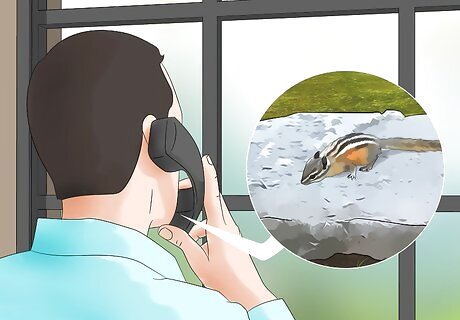
Call a professional if the chipmunk is still stuck in your house. If you can’t catch the chipmunk and it has burrowed into your walls or attic, you may need to call a professional. Look online or in the yellow pages for an exterminator. You can request that they use humane methods if you don’t want to kill the chipmunks. Laying down poison could cause the chipmunk to die in the walls or roof of your home and leave a foul odor. For this reason, it's best that you contact a professional instead of trying to kill it yourself.

















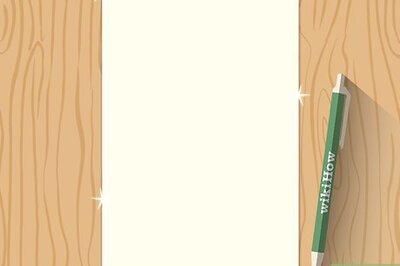
Comments
0 comment